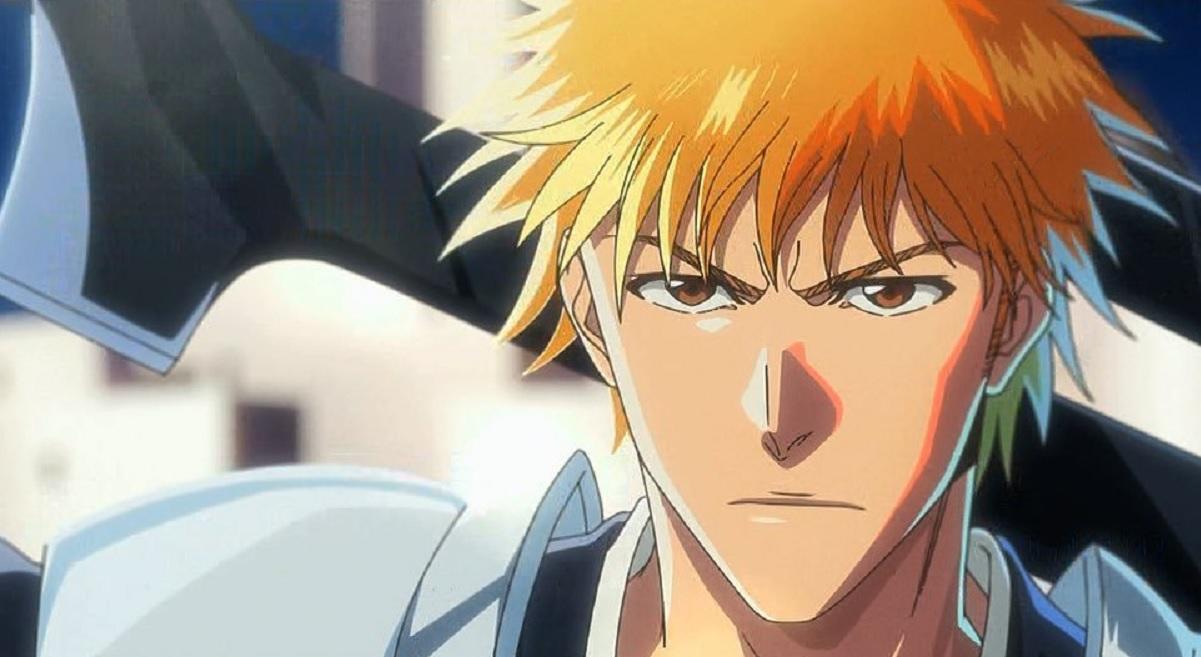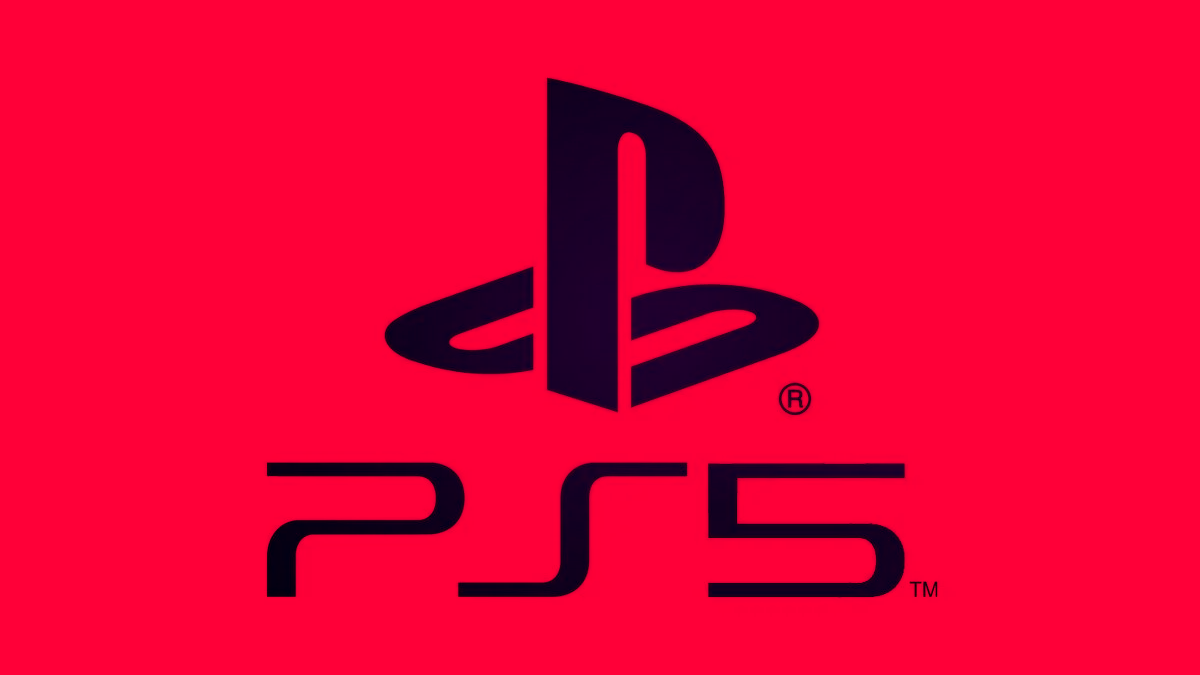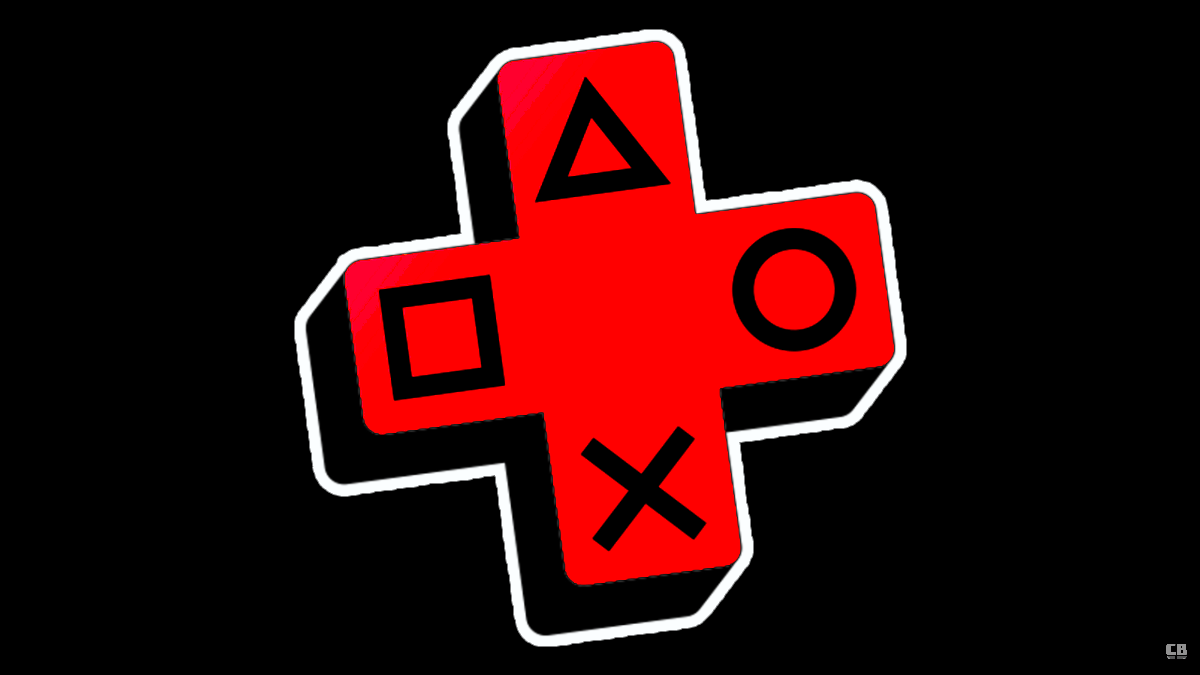Review: 'Rasputin: Voice of the Dragon' #1 Establishes a Familiar Tragedy
Origins after the fact often read like a cookbook after dinner. They lack the substance of what [...]

Origins after the fact often read like a cookbook after dinner. They lack the substance of what has already come into existence and readers lack the appetite to focus on what is in front of them. That may be the rule for many franchises, but there are exceptions, and for more than a decade Mignola's Hellboy comics have remained just such an exception. In mini-series of the B.P.R.D., the character's creator and his collaborators have explored a world that always read as fully imagined with mysteries and history behind each corner. The start of Rasputin: Voice of the Dragon promises to be another worthwhile addition to this fictional anthropology.
The title and solicits sell the story as an exploration of Rasputin's initial contact with Nazis and planning to summon Hellboy. This is misleading. Longtime fans of this world will recognize the first issue as being similar in structure and tone to the many B.P.R.D. stories featuring Professor Bruttenholm set during and directly after World War II. Rasputin is only in a handful of pages in this issue. That is not to the detriment of the story, but it's best left not a surprise as the narrative inverts expectations based on the cover and title.

Rasputin, rather than being exposed, maintains a haunting aura of darkness and leaves much unsaid. Given his personality, this is a wise storytelling choice -- showing key events, but not delving into a psyche that is more interesting when left with question marks. Bruttenholm is the earthly man given to curiosity and engagement, so his story helps to reveal Rasputin's own. More than anything else, the creators appear interested in exploring Hellboy's two earthly fathers: Rasputin and Bruttenholm before they shaped the titular character. It is an intriguing balance and a well-struck one here.
Rasputin: Voice of the Dragon #1 separates the stories of Rasputin and Bruttenholm in multiple fashions: chronologically, physically, and, most importantly, artistically. The sequence featuring Rasputin emphasizes a variety of elements absent from the rest of the comic. His setting is grand and carefully detailed, not dislike a movie set. Each panel establishes distance, between Rasputin and other characters as well as the reader. He is a form as much as a man, and so both his figure and his world are made to feel alien. Everything about Bruttenholm's story has a dirtier edge of realism to it. Whether it's in the form of a well-worn staircase, a dirty pub, or even a grungy supernatural monster with none of the luster of Rasputin's occult affectations. Mitten and Stewart use all tools available to distinguish a man who defines himself by an idea and one who defines himself as a man.

While it may go by another name, Rasputin reads like another B.P.R.D. tale, and that is not to its detriment. Mignola and his collaborators consistently deliver the best place-setting tales of any type of expanded universe set up. The mechanics and settings at play in this series are already easily distinguished and promise another excellent tale in the vein of others. Yet the insight provided into the original villain of the Hellboy mythos provides this series with a special twist. Rasputin's presence haunts every page, making his absence just as important as his presence. The story is defined by the struggle between two well-defined characters, allowing it to exist on its own and as staging for greater tragedies to come.
Grade: B
Written by Mike Mignola and Chris Roberson
Art by Christopher Mitten
Colors by Dave Stewart



